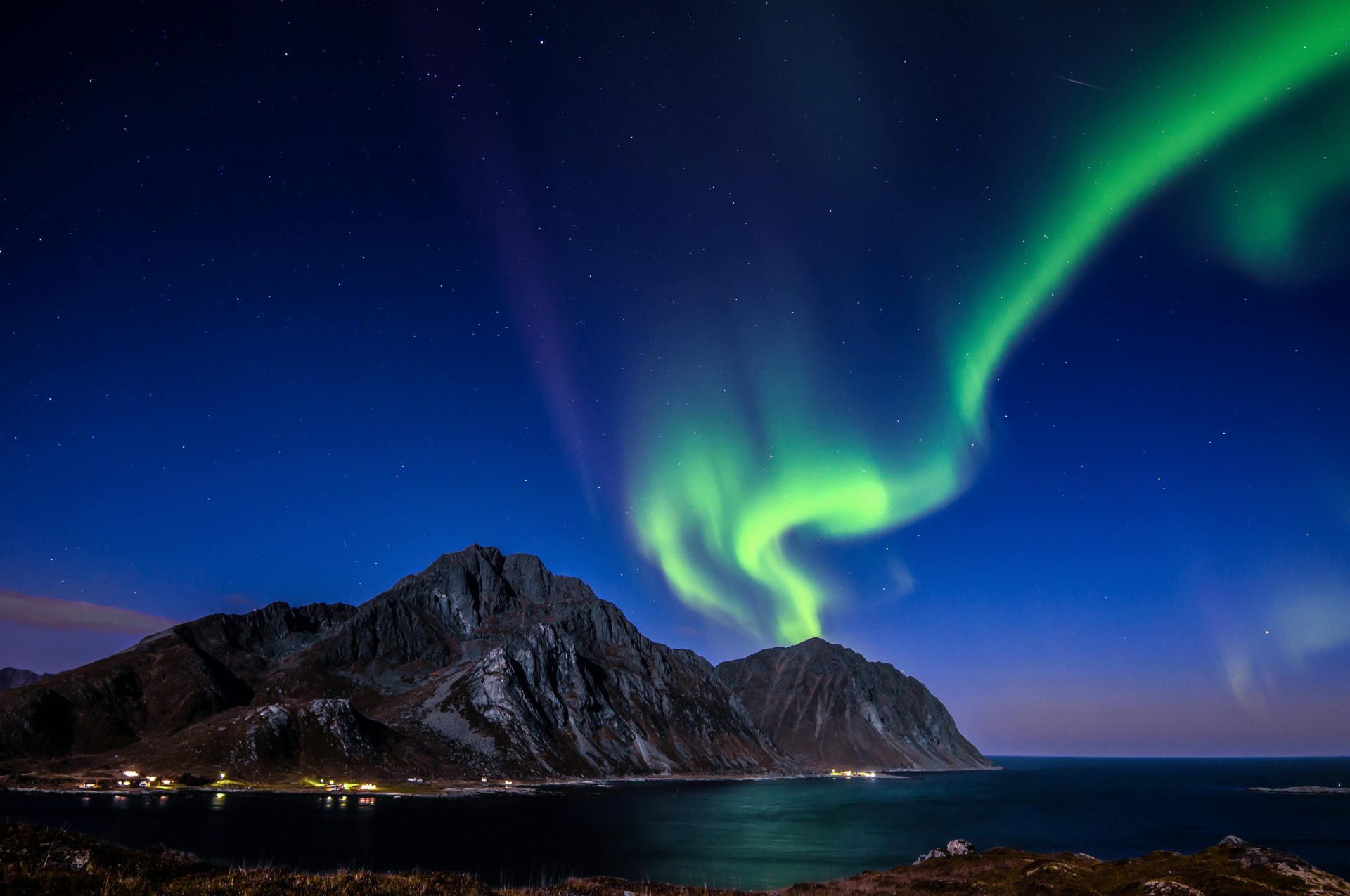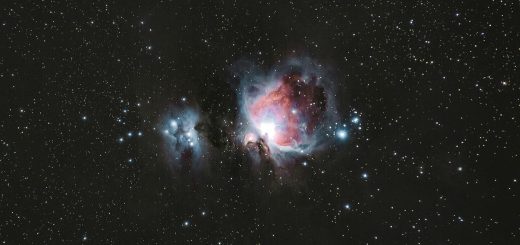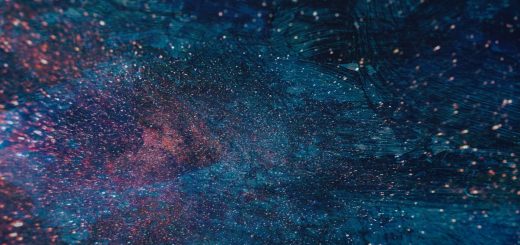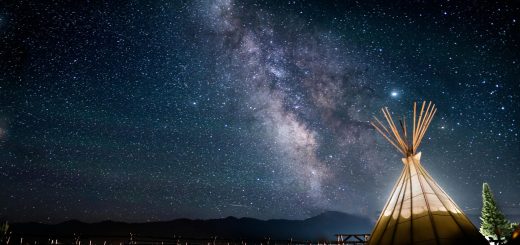Art of Animation: From Disney Classics to Anime Sensations

Before diving in, please note: This post is for informational purposes only. If you’d like to know more about how we approach topics, feel free to check out our friendly Disclaimer Page.
Hey there, amazing readers! 🖐️ Just a quick note: yes, we know there are a lot of ads here. Trust us, we get it—it’s not the prettiest look, but they help us keep this blog alive and kicking. Those pesky little ads cover the costs of all the behind-the-scenes magic, from hosting and tech stuff to creating content we hope you’ll love.
We’re committed to delivering quality posts, and your support (even just sticking around despite the ads) means everything to us. So, bear with us, and thanks for helping us keep the good vibes rolling. Now, on to the fun stuff! 😉
TRANSLATE BUTTON AT THE END OF THE ARTICLE
A Quick Overview
Animation has become a cornerstone of entertainment, captivating audiences worldwide with its ability to bring characters and stories to life in ways never thought possible.
From the early days of hand-drawn animations to the latest computer-generated masterpieces, the art of animation has evolved significantly over the years.
In this article, we will delve into the rich history of animation, explore the techniques that have shaped the industry, and take a closer look at the contributions of giants like Disney and Pixar.
We will also examine the global phenomenon of anime, the impact of animation on pop culture, and the future of animation technology.
Join us on a journey through the vibrant and ever-evolving world of animation.
The History of Animation
Animation has a long and storied history that dates back to the early 1900s when pioneers like Winsor McCay and J.
Stuart Blackton created some of the first animated films.
These early animations were produced using labor-intensive techniques such as hand-drawn illustrations that were photographed frame by frame to create the illusion of movement.
Over the years, advancements in technology led to the development of new animation techniques, including cel animation, which revolutionized the industry by allowing animators to work more efficiently and produce more detailed and fluid animations.
Evolution of Animation Techniques
As technology continued to advance, so did animation techniques.
The advent of computer animation in the 1990s opened up a whole new world of possibilities for animators, allowing them to create complex 3D worlds and characters that were previously impossible to achieve.
Motion capture technology further revolutionized the industry by enabling animators to capture the movements of live actors and translate them into digital animations with unparalleled realism.
Today, a combination of traditional and digital techniques is often used to create the stunning visuals that audiences have come to expect from animated films.
Disney’s Contribution to Animation
When it comes to animation, one name stands out above the rest: Disney.
Since the release of "Snow White and the Seven Dwarfs" in 1937, Disney has been at the forefront of the animation industry, creating some of the most beloved and iconic animated films of all time.
From classics like "Cinderella" and "The Lion King" to modern hits like "Frozen" and "Moana," Disney has continually pushed the boundaries of animation and storytelling, captivating audiences of all ages around the world.
Anime: A Global Phenomenon
While Disney may dominate the Western animation scene, anime has become a global phenomenon in its own right.
Originating in Japan, anime encompasses a wide range of genres and styles, from action-packed shonen series to heartwarming slice-of-life dramas.
With its unique art style and complex storytelling, anime has garnered a massive following outside of Japan, with fans around the world eagerly anticipating the latest releases from their favorite studios.
Shows like "Naruto," "My Hero Academia," and "Attack on Titan" have become household names, proving the universal appeal of anime as a storytelling medium.
Influence of Animation on Pop Culture
Animation has had a profound impact on pop culture, shaping the way we consume entertainment and inspiring generations of artists and storytellers.
From iconic characters like Mickey Mouse and Bugs Bunny to modern-day heroes like Elsa and Spider-Man, animated characters have become cultural touchstones that resonate with audiences of all ages.
The influence of animation can be seen in everything from fashion and merchandise to theme parks and video games, making it a pervasive and enduring force in popular culture.
Pixar: Revolutionizing Animation
In 1995, Pixar revolutionized the animation industry with the release of "Toy Story," the world’s first entirely computer-animated feature film.
Since then, Pixar has continued to push the boundaries of animation, creating a string of critically acclaimed and commercially successful films that have captured the hearts of audiences around the world.
With its innovative storytelling, cutting-edge animation techniques, and memorable characters, Pixar has cemented its place as one of the most influential animation studios in history, setting the bar high for all those who follow in its footsteps.
Behind the Scenes of Animation Studios
The process of creating an animated film is a painstaking and meticulous endeavor that involves countless hours of work from a team of talented artists, animators, and technicians.
From storyboarding and character design to animation and post-production, every step of the animation process requires a high level of skill and attention to detail.
Animation studios like Disney, Pixar, and Studio Ghibli have dedicated teams of professionals who work tirelessly to bring their creative visions to life, often spending years perfecting every frame to ensure that the final product meets the highest standards of quality.
The Art of Character Design
One of the most crucial aspects of animation is character design, as characters are the heart and soul of any animated film.
A well-designed character can capture the audience’s imagination and evoke a wide range of emotions, from joy and laughter to sadness and fear.
Character designers must carefully consider every aspect of a character’s appearance, from their physical features to their clothing and accessories, ensuring that each design is unique, memorable, and visually appealing.
The art of character design is a delicate balance of creativity and technical skill, requiring artists to bring characters to life in a way that resonates with audiences on a deep and emotional level.
Animation in Video Games
Animation plays a crucial role in the world of video games, bringing game worlds and characters to life with fluid movement and lifelike expressions.
From the smooth, realistic animations of AAA titles to the charming, pixelated sprites of indie games, animation in video games encompasses a wide range of styles and techniques.
Motion capture technology has become increasingly common in the gaming industry, allowing developers to create more immersive and cinematic experiences for players.
With the rise of virtual reality and augmented reality technologies, the possibilities for animation in video games are endless, offering players new and exciting ways to interact with digital worlds.
Exploring Different Animation Styles
Animation is a versatile art form that encompasses a wide range of styles and techniques, from the whimsical and colorful world of traditional hand-drawn animation to the sleek and sophisticated look of computer-generated imagery.
Each style has its strengths and unique characteristics, allowing animators to convey different moods and emotions through their work.
Whether it’s the dynamic action sequences of anime or the subtle character animations of stop-motion, each style of animation brings something new and exciting to the table, enriching the storytelling experience and captivating audiences in new and innovative ways.
Animation as a Storytelling Tool
At its core, animation is a powerful storytelling tool that allows creators to bring their wildest imaginations to life on screen.
Whether it’s a heartwarming tale of friendship and adventure or a dark and gritty epic filled with twists and turns, animation has the ability to transport audiences to fantastical worlds and immerse them in compelling narratives.
Through the use of vibrant visuals, expressive characters, and dynamic camera angles, animators can convey complex emotions and ideas in ways that resonate deeply with viewers.
Animation has the unique ability to transcend cultural and language barriers, making it a universal medium that can touch the hearts of people from all walks of life.
The Future of Animation Technology
As technology continues to advance at a rapid pace, the future of animation looks brighter than ever.
From cutting-edge rendering software to real-time animation tools, animators now have access to a plethora of innovative technologies that allow them to create stunning visuals with greater speed and efficiency.
The rise of artificial intelligence and machine learning is also poised to revolutionize the animation industry, offering new ways to streamline the production process and enhance the quality of animations.
With the increasing demand for animated content across various platforms, from streaming services to social media, animators are constantly adapting to new technologies and pushing the boundaries of what is possible in the world of animation.
Conclusion
Animation is a dynamic and evolving art form that continues to captivate audiences around the world with its vibrant visuals and compelling storytelling.
From the early days of hand-drawn animations to the latest computer-generated masterpieces, the art of animation has come a long way, thanks to the contributions of pioneering studios like Disney, Pixar, and Studio Ghibli.
As technology continues to advance and new animation techniques emerge, the future of animation looks brighter than ever, promising exciting new possibilities for creators and audiences alike.
Whether it’s bringing beloved characters to life on the big screen or immersing players in interactive game worlds, animation will continue to shape the way we experience entertainment for years to come.

The Enlightenment Journey is a remarkable collection of writings authored by a distinguished group of experts in the fields of spirituality, new age, and esoteric knowledge.
This anthology features a diverse assembly of well-experienced authors who bring their profound insights and credible perspectives to the forefront.
Each contributor possesses a wealth of knowledge and wisdom, making them authorities in their respective domains.
Together, they offer readers a transformative journey into the realms of spiritual growth, self-discovery, and esoteric enlightenment.
The Enlightenment Journey is a testament to the collective expertise of these luminaries, providing readers with a rich tapestry of ideas and information to illuminate their spiritual path.
Our Diverse Expertise 🌟
While our primary focus is on spirituality and esotericism, we are equally passionate about exploring a wide range of other topics and niches 🌍📚. Our experienced team is dedicated to delivering high-quality, informative content across various subjects ✨.
To ensure we provide the most accurate and valuable insights, we collaborate with trusted experts in their respective domains 🧑🏫👩🏫. This allows us to offer well-rounded perspectives and knowledge to our readers.
Our blog originally focused on spirituality and metaphysics, but we’ve since expanded to cover a wide range of niches. Don’t worry—we continue to publish a lot of articles on spirituality! Frequently visit our blog to explore our diverse content and stay tuned for more insightful reads.





